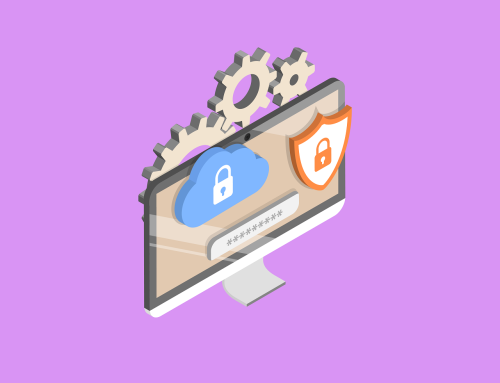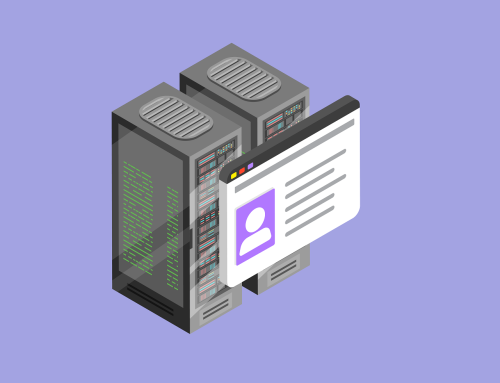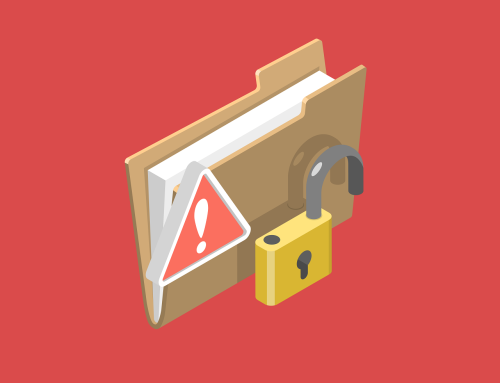Data Cleansing Best Practices
Data cleansing is the process of fixing incorrect, incomplete, duplicate or otherwise poor quality data in a data set.
Maintaining a clean data set allows organisations to gain more accurate insights, increase productivity and decrease overall costs.
Research indicates that poor quality data can costs companies in all industries an average of €11.5 million per year, not to mention other consequences such as a deteriorating customer and employee experience.
Discussed below are the best practices involved in maintaining high quality data with appropriate data cleansing.
Internal Rules & Guidelines
Before embarking on any data cleansing project, it’s important to have guidelines and documentation in place so employees know the standards for data to be maintained appropriately.
These guidelines and rules should encompass data formatting, allowed values, data validity, along with other relevant criteria. All decisions regarding data cleansing rules and guidelines should align with your organisation’s data policies, industry standards and the requirements of the data analyses.
Rules and guidelines will ultimately help reinforce the data-driven nature of your organisation, while also helping your employees to get a thorough understanding of the data.
Knowing the source of the data and how it got there gives the organisation a better idea on how to approach a data cleansing project.
De-duplicate
During data collection, multiple entries of the same customers often show up within the data set, causing your data to become less accurate and reliable. When receiving data from multiple sources or departments there’s a chance that there’ll be some level of overlap.
Removing duplicate records is an easy way of cleaning up your data set to ensure reliability. Duplicate records may drastically increase your costs, especially if printing and postage is involved.
Fuzzy matching software allows the organisation to easily identify and remove multiple records for the same customer, making it one of the more straight forward data cleansing options.
Address Missing Data
As data sets are often mixed and matched or outdated, missing data becomes more common. Missing data can also occur as a result of data entry errors, system failures or something as simple as skipped survey questions.
Handling missing data is an essential element of data cleansing, as missing values can lead to biased analyses and incorrect conclusions.
There are many imputation strategies which can be used to address missing data, although all have their limitations.
Standardised Formatting
Data such as dates, currency and phone numbers can often come in different standards, leading to inconsistencies and errors.
An example of standardising data includes using the DD-MM-YYYY format for the entire data set to ensure data isn’t misinterpreted.
Standardisation helps create a foundation of reliable and consistent data, which will ultimately enhance your overall data quality.
Outliers
With large volumes of data collected outliers become more common. These outliers can cause statistical distortion, in turn worsening the effectiveness of your analyses.
It’s important to evaluate whether these outliers should be present in your data set in a case-by-case manner to establish if they’re errors or appropriate data.
Errors should always be removed to ensure they don’t distort or skew future analysis.
Validate Data
After you’ve addressed the issues with your data set it’s important to perform a quality assurance check. Data validation becomes essential to organisations as poor-quality data will cause issues downstream.
It’s important to check your data set for null values, different data types and formatting issues prior to launching any new campaigns.
Data quality can degrade over time so it’s always important to have scheduled data cleansing and validation to maintain a high quality data set.
Has your organisation embarked on a project that handles sensitive customer data? Be sure to get in contact with us today on +353 1 8041298.









